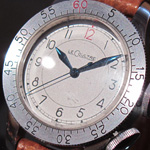 In the third part of our ongoing series on the basics of the dive watch, we at Diveintowatches.com explained about how its most characteristic feature works. In this edition, we dive a little bit deeper and discover its origins.
In the third part of our ongoing series on the basics of the dive watch, we at Diveintowatches.com explained about how its most characteristic feature works. In this edition, we dive a little bit deeper and discover its origins.
A watch bezel with an added functionality — whether fixed or rotatable — has certainly been neither exclusive to the dive watch nor invented for it: such a bezel can be used for measuring speed, pulse, distance/position, navigation and directions, meeting times, et cetera. At one point, there was even one used to help in quitting smoking. And we need not even mention the buzz-saw functions and other fictional accessories in some of those James Bond movie watches. Various racing and aircraft instruments have also been equipped with rotating markers for quite a while. So, if you wanted a wristwatch with a rotating, external bezel before 1953, you most likely had to buy a timepiece that was used for auto racing or, even more likely, for aviation: pilots’ watches often came equipped with a bi-directional rotating bezel with simple markers.
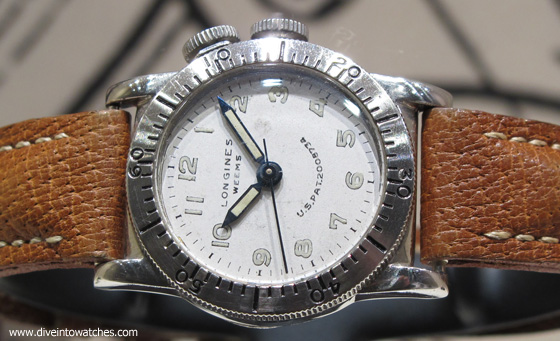
The concept dates back to 1929, when Philip Van Horn Weems applied for a patent for a wristwatch with a more complex external bezel, which was granted in 1935 and soon found its way on to many pilots’ watches, the most important one being the legendary Weems watch from Longines (other brands using the same lockable bezel included Omega, Jaeger-LeCoultre, Movado and Zenith).
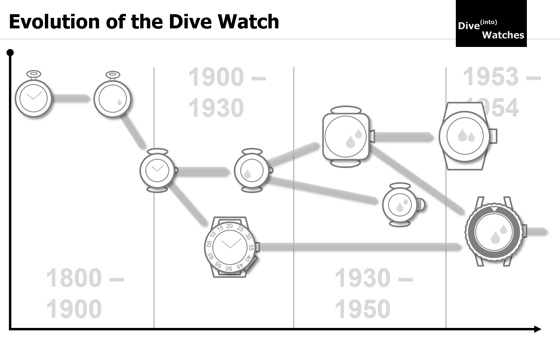
Learning a lesson from World War II, various armies started to build up their own combat diving units in the 1950s. And these units requested watches that were not only water-resistant, but also specifically made for diving.
While Rolex already had non-diver’s watches with external bezels long before the Submariner, Blancpain relied on its collaboration with Bob Maloubier, who was commanding the French combat divers unit. This not only led to the launch of the Blancpain Fifty Fathoms in 1953, but most likely also to the first uni-directional bezel specifically designed with the diver in mind. Around the same time, Rolex launched the first Rolex Submariner (calling its bezel a “time recorder”). Panerai, with an already impressive history in making diving instruments, launched its first watch with an external bezel in 1954. Omega released the Seamaster in 1957, and so on.

Today there are countless countdown (and count-up) diving bezels, internally or externally operated, bi- and uni-directional, sometimes equipped with a locking mechanism. Others have separate or additional markings (Enicar and Schauer) or even a whole decompression table printed on them, as on some watches by Jenny and Doxa.

So, in short: dive watches as we know and appreciate them today were directly inspired by that second-coolest group of watches: pilot’s watches.

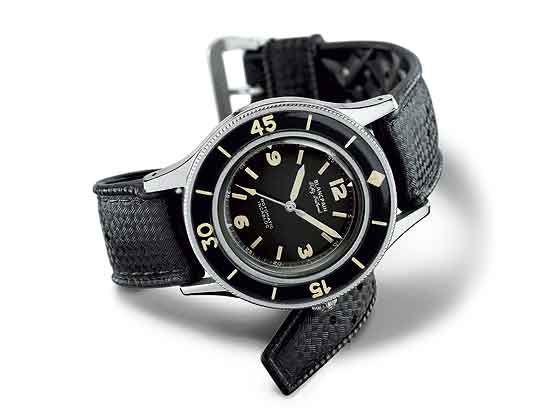



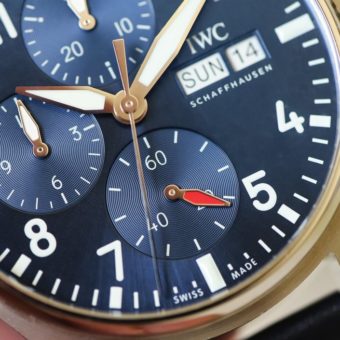
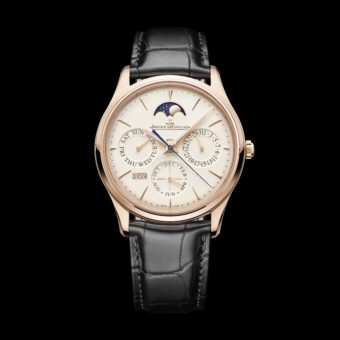
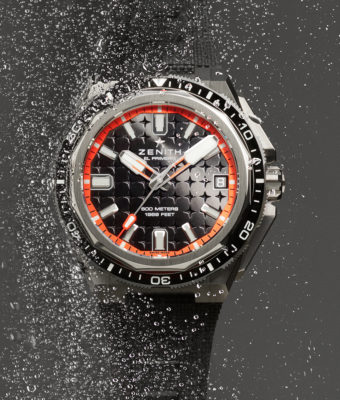
Isn’t Seamaster comes out in 1948 as a model to celebrate the centennial of the company? Or else, does Mr Ruegger mean Omega started to make the true diving Seamaster with turning bezel and screw crown in 1957?
Albert,
the article refers of course to the Seamaster 300 (CK 2913) from 1957, since this model was the first Omega Seamaster developed for diving and thus equipped with a rotating diver’s bezel.
Best regards
Roger